Want to buy art prints? Here’s what to know
10 min read
So you want to collect prints? We spoke to experts to find out what you need to know
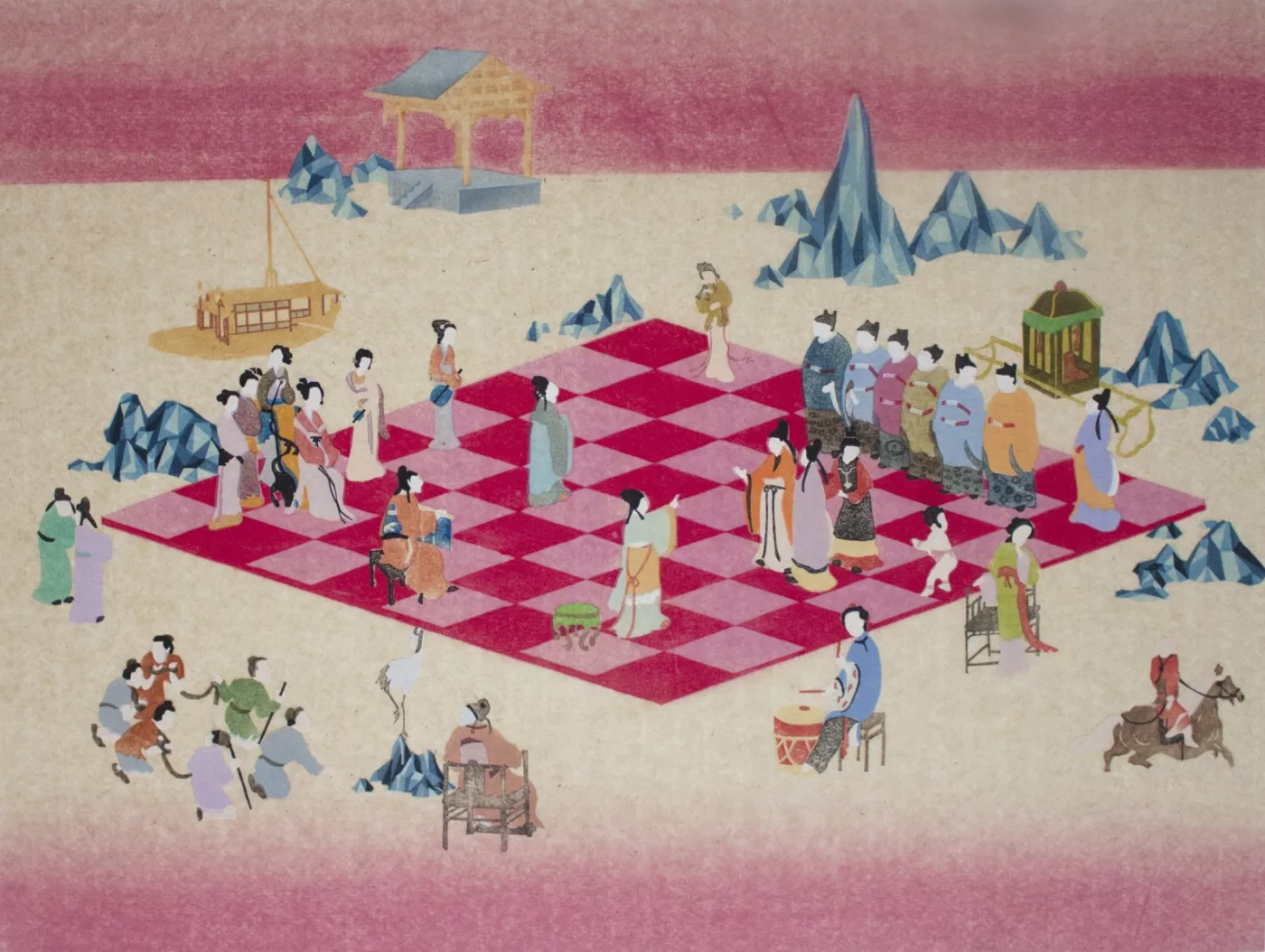
Cao Ou, ‘Landscape Theatre Chessboard’, 2021. Woodblock print with water soluble colour, 60x45cm, edition of 30. Courtesy Muban Trust
So you want to build an art collection? Whether you’re new to everything, or already a committed collector, you should definitely be looking at prints. We’re not talking about bootleg band posters or museum merch, we’re talking about original works of art, the kind of artworks by some of history’s most celebrated artists – Albrecht Dürer, Rembrandt van Rijn, JMW Turner, Pablo Picasso.
If you’re interested, you’re in luck; there’s never been a better time to buy. Year by year, more galleries are getting on board with prints, there are websites launching which help buyers discover artists’ work, and this week sees the opening of the annual London Original Print Fair at Somerset House. That said, there are a few things you should probably know before getting involved. So, we spoke to experts — artists, fairs, galleries and printers — to find out what you need to know.
What makes a print a print?
It all comes down to the fact that paintings and drawings are hand-made, while prints can be reproduced. You can print the same image again and again, with little to no variation. That’s what makes them cheaper and easier to collect. When prints are made at the same time, they’re called ‘runs’. Each run can be limited and numbered, or unlimited. Demand and supply means that numbered editions are often higher value.
Some prints are reproductions of artworks – these are the kind you find in gallery gift shops. They’re sometimes called ‘art prints’ or ‘limited editions’ and they’re essentially high quality photographs. These are printed either photographically or digitally as ‘C-type’ prints or ‘giclée’ prints.
Then you have ‘original prints’, these are artworks where the artist has direct control over the printmaking process. There’s a number of techniques artists might use to make these: woodcuts, etchings, engravings, lithography or screenprinting.
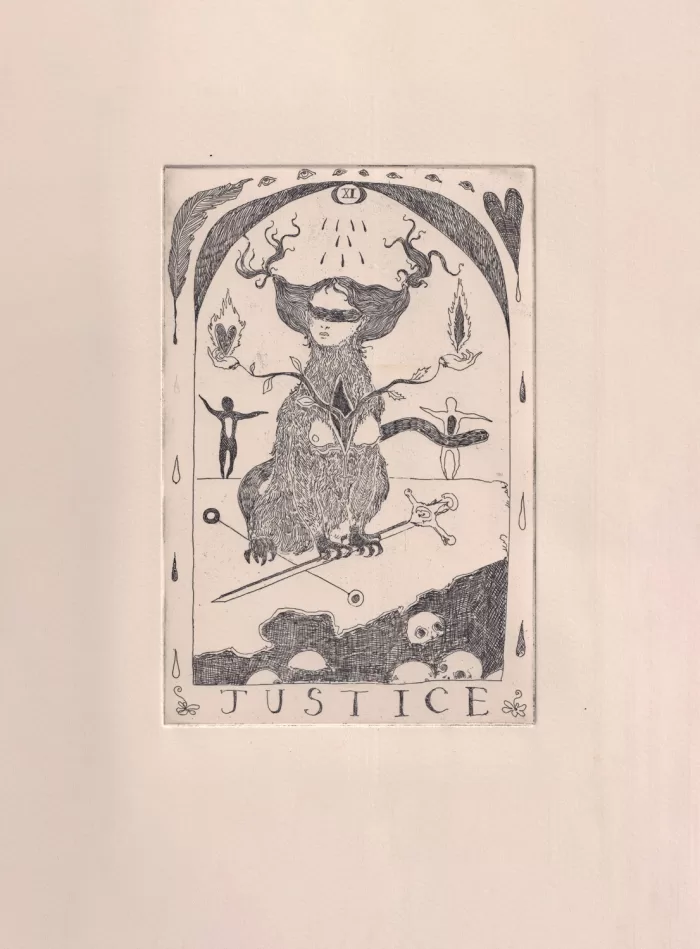
N.Shepherd, XI, 'Justice', hard ground etching on somerset satin soft white, plate 22 x 14cm, paper 35 x 25.8cm, edition of 10, 2023, Courtesy Soho Revue
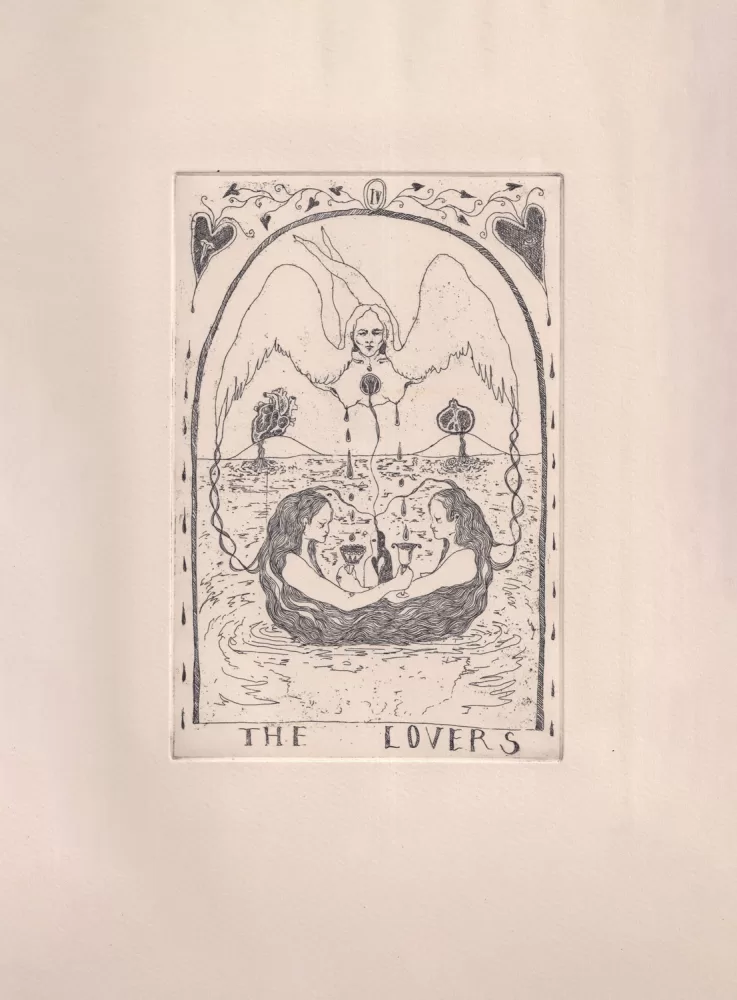
N.Shepherd, IV, 'The Lovers', hard ground etching on somerset satin soft white, plate 22 x 14cm, paper 35 x 25.8cm, edition of 10, 2023, Courtesy Soho Revue
Why do artists make prints?
Nathalie du Pasquier made her name in the 1980s with Memphis, today her paintings are sold at Pace and her prints at The Wrong Shop, which this year will be showing for the first time at the London Original Print Fair. “I’m drawn to the many possibilities of print and the potential to have something affordable.” She says.
To produce her prints, Du Pasquier works closely with the print platform’s founder, Sebastian Wrong. These works range from reproductions of her paintings to original prints that work with the unique properties of the medium – she notes the embossing on her series of Thick Line Drawings. Du Pasquier might be a painter, but she recognises the independence of prints. “Prints and drawings occupy a different place in my practice. My drawings are not preparatory sketches for paintings, they are works in their own right. Many of these drawings become prints or posters with The Wrong Shop.”
London-based artist Catherine Repko was originally drawn to the spontaneity and directness that drypoint etching allows, “the feeling of the artist’s hand imprinted on paper,” as she puts it. What makes the medium unique, in her eyes, is that “a simple line drawing when etched and printed has a very particular depth and richness that you couldn’t achieve with a pen, or a paintbrush. It pulls you in.” Turning to printmaking has “massively informed” her painting practice. “It’s given me a new avenue to pursue when a small sketch on paper might translate better to print than it would as a painting, and I love having this as a practice alongside the painting.”
Nooka Shepherd was drawn in by the “incredible materiality” of printmaking, “like something between drawing and sculpting.” Inspired by witchcraft and surrealism, the tools and techniques of printmaking suit her artistic vision. She revels in the “almost alchemical process of creation: goose feathers, tallow soot and chemical baths make the entire operation feel like an act of time travel.” Each print is seemingly the same, they’re in fact subtly different. “The ink wiping, the pressure of the press, each of these things will cause a seemingly identical image to shift into its own version of itself.”
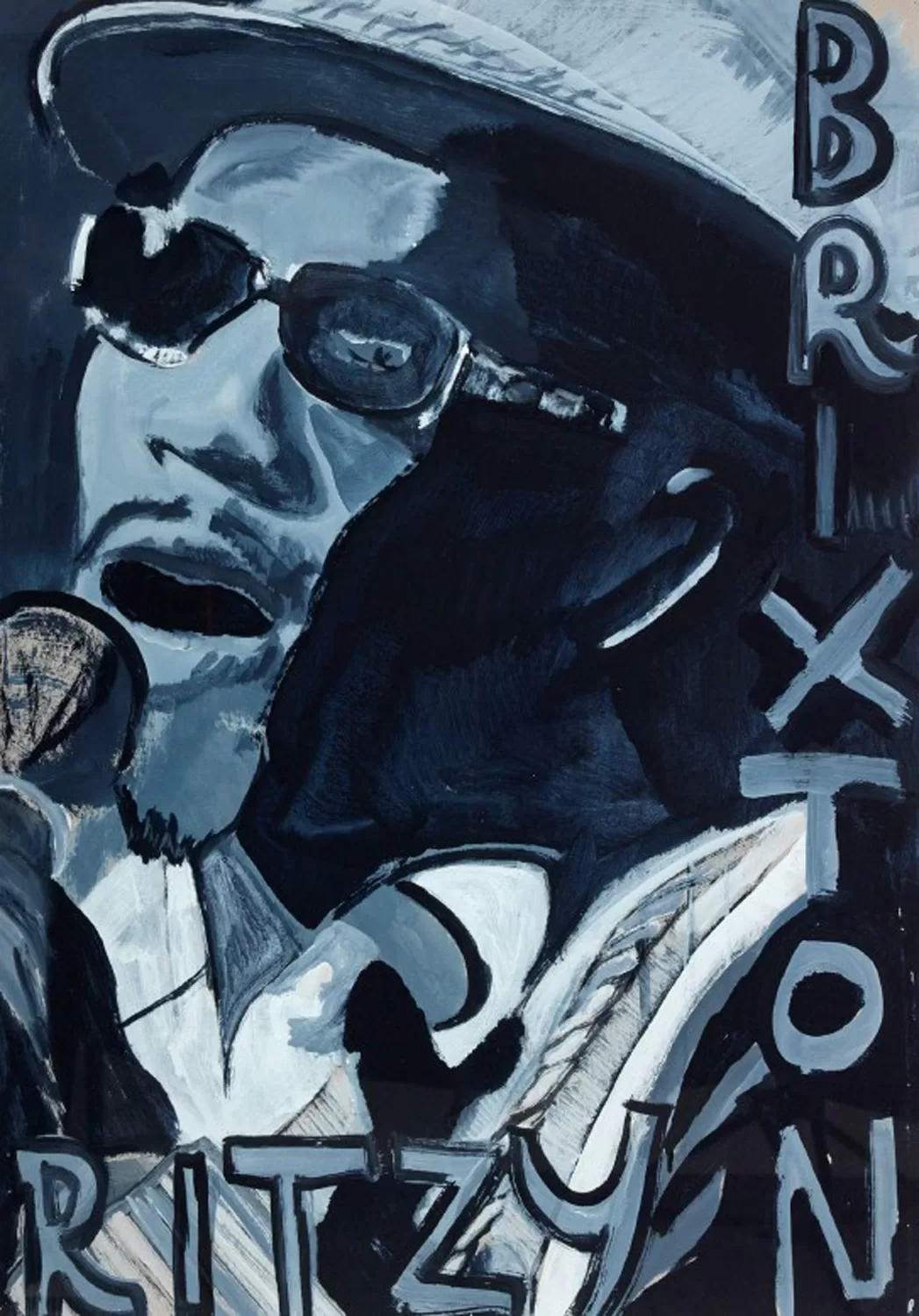
Peter Doig, ‘Brixton Ritzy’, 2023. Courtesy Paul Stolper
Why should collectors be buying prints?
Helen Rosslyn was a print specialist at Christie’s, since 1987 she’s headed the London Original Print Fair, and she quite literally wrote the book on collecting (A Buyer’s Guide to Prints, 2018). “Prints are an excellent way to start or build a collection, allowing you to acquire original works that resonate with you, made in an interesting way, whatever your budget. As prints are multiples the prices are often more affordable and more are available, so you have a greater chance of adding your dream artist or artwork to your collection, whether you are looking for an iconic work by a renowned artist or new releases from emerging or established contemporary artists.”
Anders Bergstrom, Director of Hauser & Wirth Editions, says. “Prints have been an important medium for hundreds of years, and that will not change. I don’t think people should approach collecting prints in ways much different than they do buying a painting or other visual art mediums. The value of art is in the pleasure it brings the viewer – or the way it makes someone feel or think. In that respect, great prints are no different than great paintings, great theatre, or great sculpture. The main difference is that with prints, more people get to have that experience.” Bergstrom notes the increasing importance of prints and editions to Hauser & Wirth. Last year, the gallery opened a dedicated editions space in New York, and this year they’re “delighted” to be joining the London Original Print Fair for the first time, “bringing highlights from Hauser & Wirth’s prints and editions program to London.”
Robert Diament is the partner and director of the print-selling platform Counter Editions. They work closely with artists – previous collaborators include Tracey Emin, Chris Ofili, Howard Hodgkin, Rachel Whiteread, and Frank Bowling – to produce original prints. “I started out collecting prints myself as I loved the fact they are hand signed, titled and dated by the artist themselves.” Diament says. “I also love what are known as ‘original prints’ where the image in the print only exists in this form – they are not reproductions of existing artworks.” Prints offer unique perspectives into artists’ practice. “They can show a different side to an artist’s work. For example, Tracey Emin is best known now for her paintings, but she started making prints back in college, so both painting and printmaking have been passions for her since the very start of her journey.”
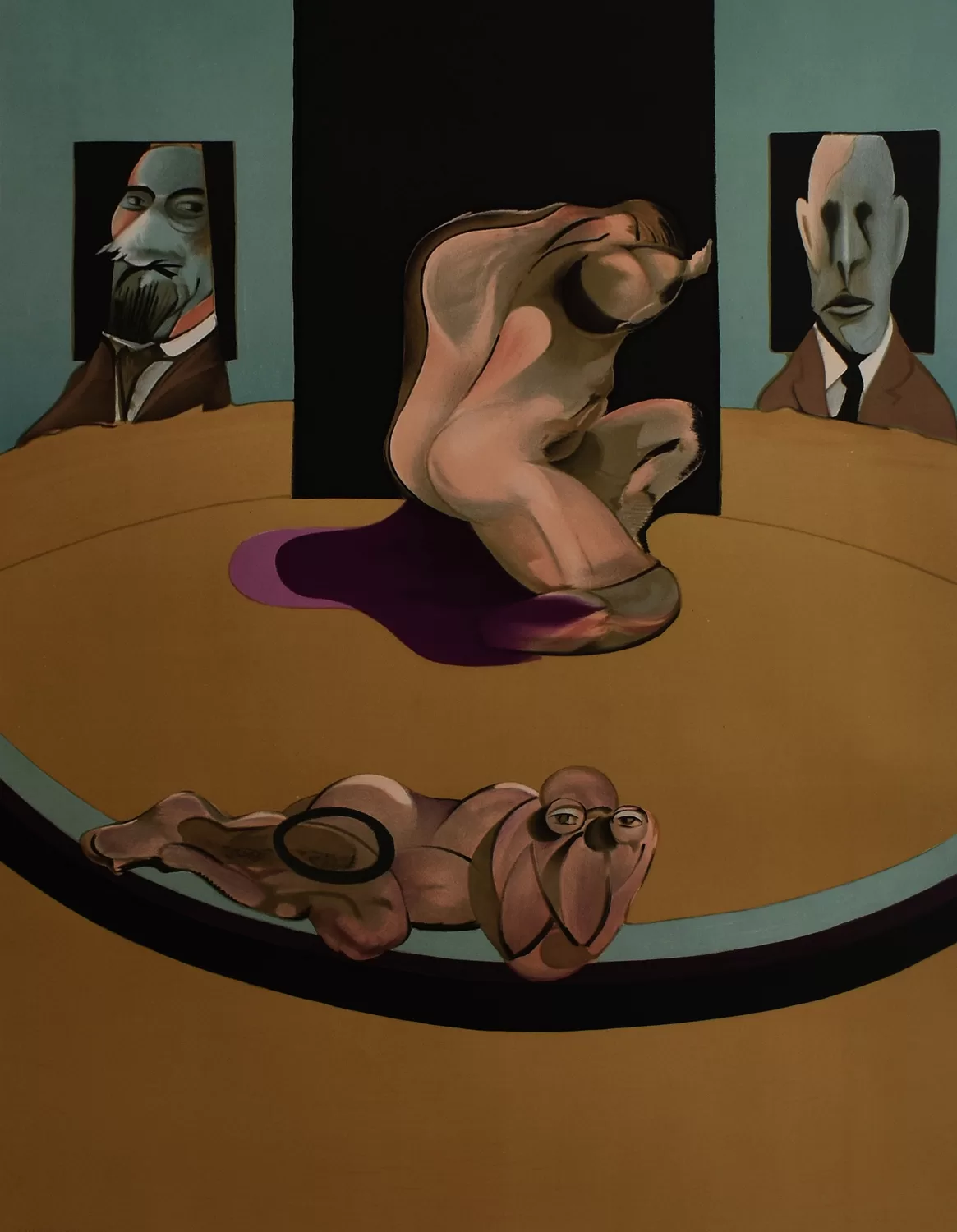
Francis Bacon Metropolitan Museum of Art, 1975 Lithograph in colors on Arches paper, Courtesy Gilden’s Art Gallery
What should buyers watch out for?
Rosslyn warns buyers to double check that their “original” prints really are original, rather than a bootleg reproduction. “If in doubt, inquire about the print’s technique and edition size. At specialist fairs like LOPF, you can talk to the artist or publishers directly to find out more about the artwork and with contemporary prints, the presence of an artist’s signature suggests that the artist has been involved in making the edition.”
Diament reminds buyers to look after their works once they’ve got them home. “Condition is key, so it’s important to frame them correctly with UV-filtered glass. I would recommend Darbyshire framers in London, they are one of the best. But just make sure the framer you choose knows about conservation as works on paper always need protecting.”
Mark Jenkins is the director of Bermondsey-based art printers K2 Screen, and has 40 years of experience working as a print maker. His company produces silkscreen prints for a staggering number of galleries and independent artists. Jenkins says the three most important factors to pay attention to are: paper stock, ink, and finish. Feel the thickness and the texture of the paper. Every artist has their preference, but in general thick, smooth paper is more expensive than thin, rough paper. Make sure colour is consistent and applied evenly across the paper. Look closely for misaligned prints and drips or scratches on the paper surface.
Other marks of quality are watermarks, embossing and stamping, numbered editions and artist signatures. Some believe that lower numbers are more valuable, but Jenkins dismisses that: each print should be “equal value whether a high or low number.” The only reason for valuing a particular number is if you’re superstitious.
Once you’ve got your print, you’ll want to keep it safe. Prints can be delicate, especially when unframed. Jenkin’s advice is simple: keep them flat, wrap them in acid-free tissue paper or glassine plastic bags, put protective covers over the corners, and sandwich several prints between suitable boards.
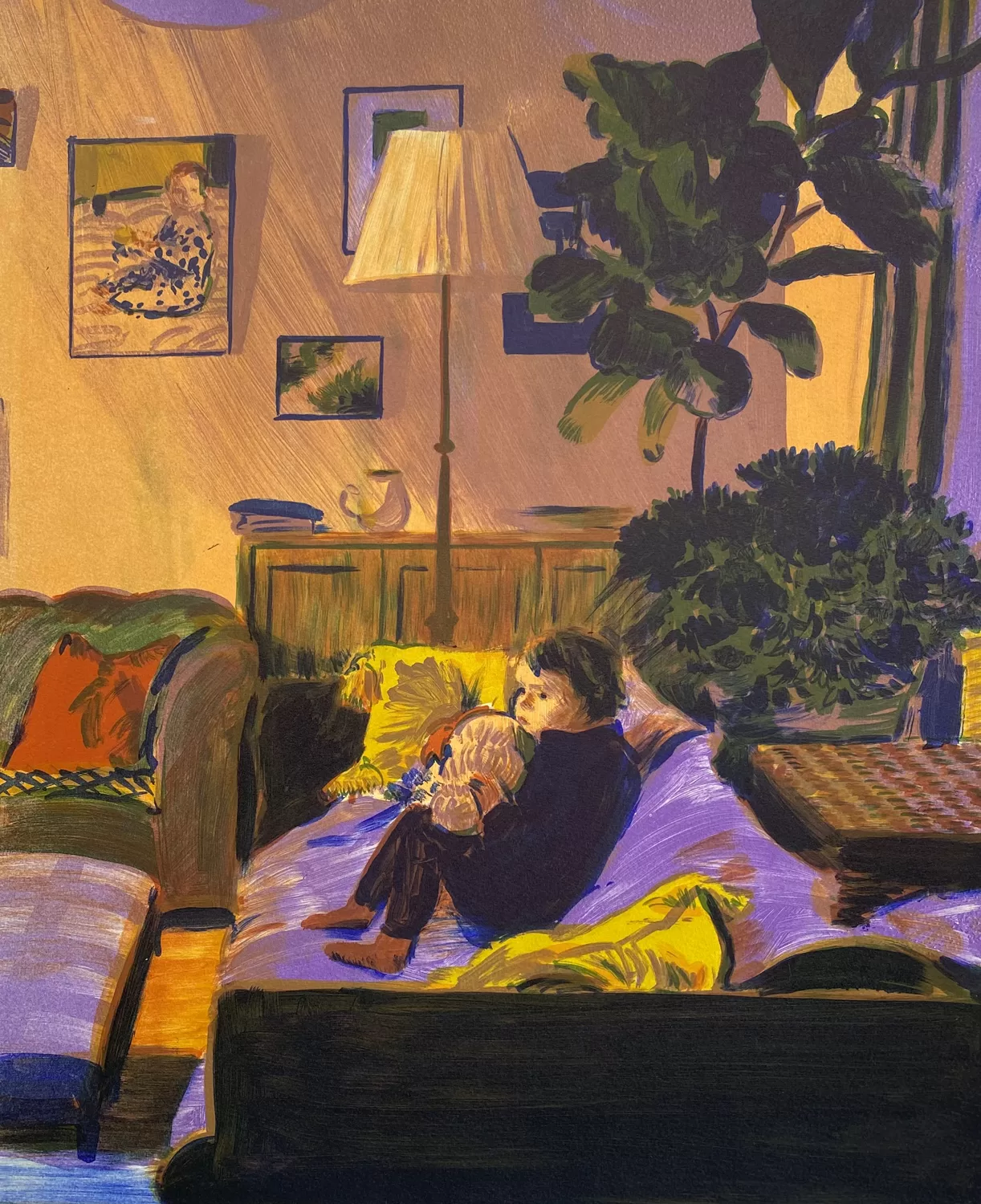
Caroline Walker, ‘Nocturnes, Twilight’, 53cm x 43cm, Lithograph, 2023. Courtesy Enitharmon
What are the experts’ top tips for buying prints?
Jenkins offers a simple piece of advice, “always buy something you want to live with and enjoy, rather than for financial gain.” Rosslyn’s top tip is to “buy works that you love… If you like a print on a stand but the price is a little beyond your budget, it is always worth asking the exhibitor if they have any more prints by the same artist. Sometimes they have smaller prints unframed and tucked away in a drawer or print browser.” While Diament has his eye on deals: “Prints often go up in price over time, so if you buy contemporary prints when they are launched, you’ll often buy them at a great price. It’s really wonderful to feel you can support an artist too and live with one of their artworks.” But, ultimately, he agrees with Rosslyn: “Follow your heart, buy what you love. Don’t buy just for investment. Living with art really can improve your day-to-day experience of the world. Hanging an artwork at home is like having a window into another world. It’s also a great way for families and friends to connect and feel inspired by the stories lying within each artwork.”
- The 39th Edition of the London Original Print Fair runs at Somerset House from 21st-24th March, 2024. londonoriginalprintfair.com
- Counter Editions is celebrating the National Portait Gallery with a new series of four limited edition prints by Tracey Emin, launching this Thursday 27th March. www.countereditions.com